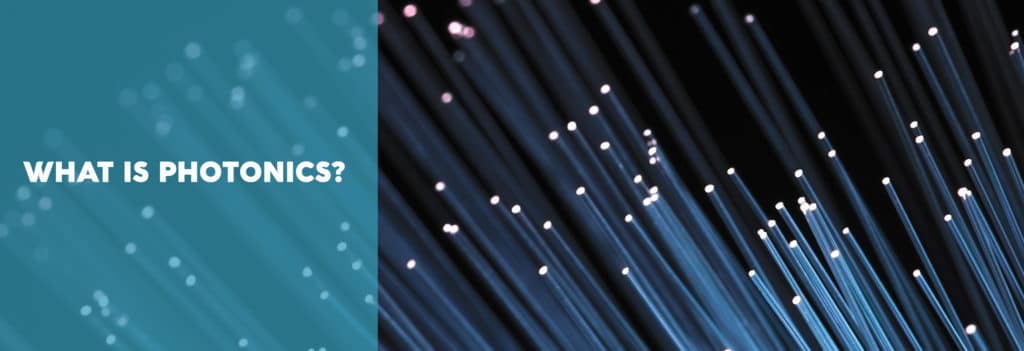What is Photonics?
Put simply, photonics is the technology of harnessing light. Indeed, the word ‘photonics’ is derived from the photon – particle of light – in much the same way as the word electronics derives from the electron. The field is focused on harnessing three inherent properties of light that make it advantageous for a multitude of applications – it is fast, it is clean, and it is precise. These unique properties provide the basis for many of the recent advancements in technology that support today’s society.
Whenever we use our smart phone, stream a video, turn on a light, drive our car or visit the hospital, we depend on products and services enabled by photonics. In future, photonics will help enable solutions to some of the major global challenges of our time: public health, climate change, sustainability, energy production, and mobility.
Yet, despite this, photonics remains an unknown to most, an invisible technology that supports our modern existence and drives innovation in our economy.
Arguably one of photonics greatest impacts has been to enable the communications infrastructure of today. Laser light and optical fibre underpin the internet, allowing business and consumers to access information and services that are now essential components of our everyday lives. The machines that connect to this infrastructure, smart phones, TVs and computers, are themselves reliant on photonics based display technologies such as LCD or OLED to improve our viewing experience.

